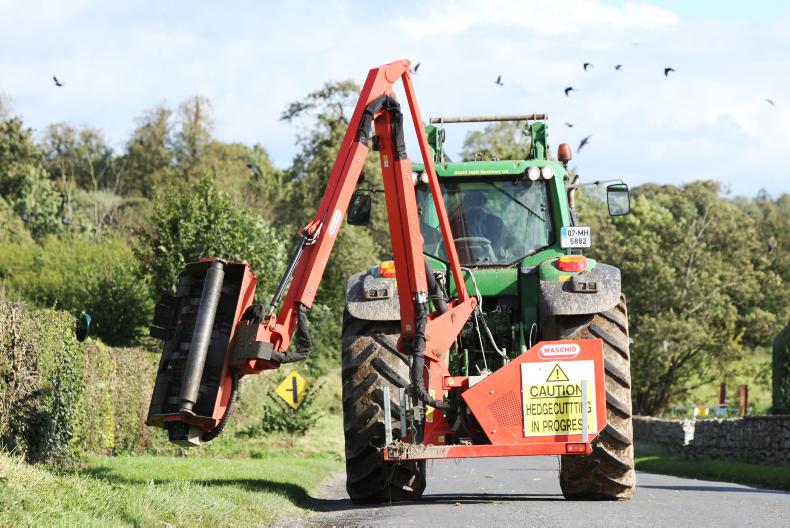Stay clear
Never approach large machinery during operation unless it is safe to do so. The operator should have a safety zone marked out but, if not, stay at a safe distance until you make definite contact with the operator. With diggers and loaders, stay at a distance further than the arm of the loader can reach, this is known as the working radius/envelope and if at all possible never stand behind the machine. Never go under the arm or loader of a machine, especially hydraulics as they can slip at any stage.
Service
When operating plant machinery, ensure the machine is in proper working order and is fit for purpose. Make sure all the brakes are working so if you have to leave the cab it won’t roll or move away. Try not to put yourself between the machine and a stationary object in case the brakes fail or the machine moves, as you could be crushed. Check that all lights are working, especially the reversing ones so that you can see where you’re going and others know where you’re going as well. Check the mirrors so you have some visibility on blind spots on the machine. Where lights or mirrors are broken, they should be replaced immediately.
Traffic
Throughout spring and summer, the farmyard can be a busy environment to work in and the amount of traffic on the farm increases with contract and hire work going on. With people rushing and racing and trying to save time, safety is not always to the fore of everybody’s mind. With extra plant about, always ensure that the driver can see you before you approach. Make eye contact and acknowledge one another and then proceed to approach. Never approach from the rear of a machine where the driver can’t see you.
Wear appropriate clothing when operating or working around plant. Steel-toecapped boots with a non-slip sole should be worn. This will stop you from slipping when mounting and getting down from the machine. The steel toecap will protect your feet from falling objects. A high-visibility jacket will give the driver a better chance of seeing you on the site.
Electricity
Overhead power lines account for a large percentage of workplace accidents. The minimum voltage running through the majority of overhead power lines is about 1,000 volts, which is more than enough to cause fatality. It is extremely important to check your site before you start any work. Whether it’s a loader on a silage pit or a digger in the field, check for overhead lines. If there are lines, remain vigilant and concentrated when you are working near them.
Excavation work should be planned in advance. Check site maps and call the relevant authorities before you start any work. Make sure there are no underground pipes or cables. Electricity and gas lines pose the biggest threat as electrocution or an explosion could prove fatal. When excavating deeper and wider holes, support struts should be used to prevent the walls of the hole from collapsing. Never stand or work in or near holes that are unsupported.
Crushing
In the event of an accident or emergency, follow the safety instructions provided on the machine. If the machine is turning over, do not exit or jump from the cab unless it is safe to do so. If you leave the cab when the machine is unstable, there is always the risk that it could overturn and crush you. Another potential crushing hazard is the bucket on diggers and dumpers. There have been numerous deaths and injuries in recent years from the bucket/attachment on diggers and loaders falling off and striking or crushing workers. Once you have attached the bucket to the machine, always check that the safety pin is securely in place. Sometimes with automatic safety pins, the hole for the pin might not be line or might not latch on for some other reason.












SHARING OPTIONS